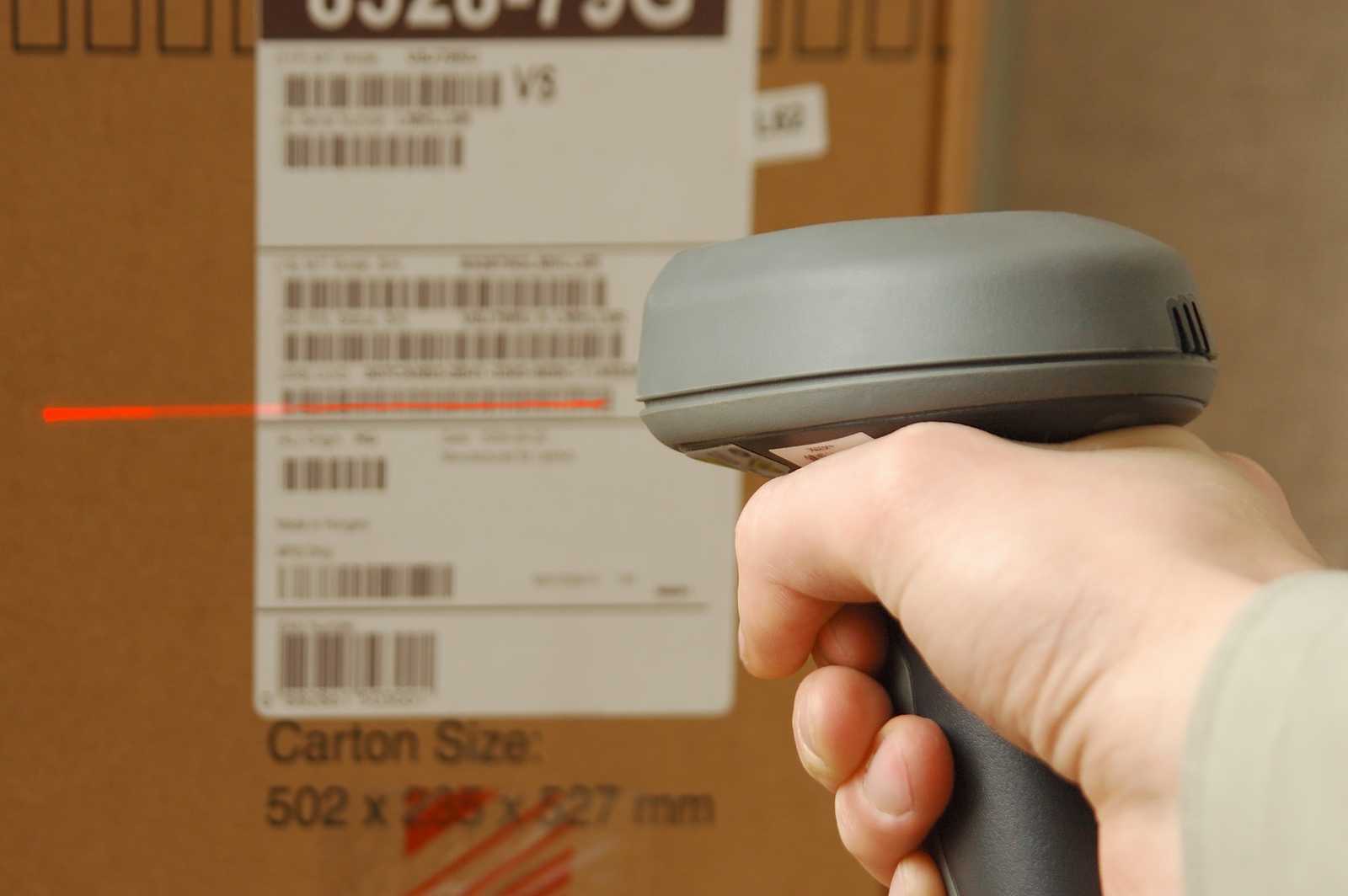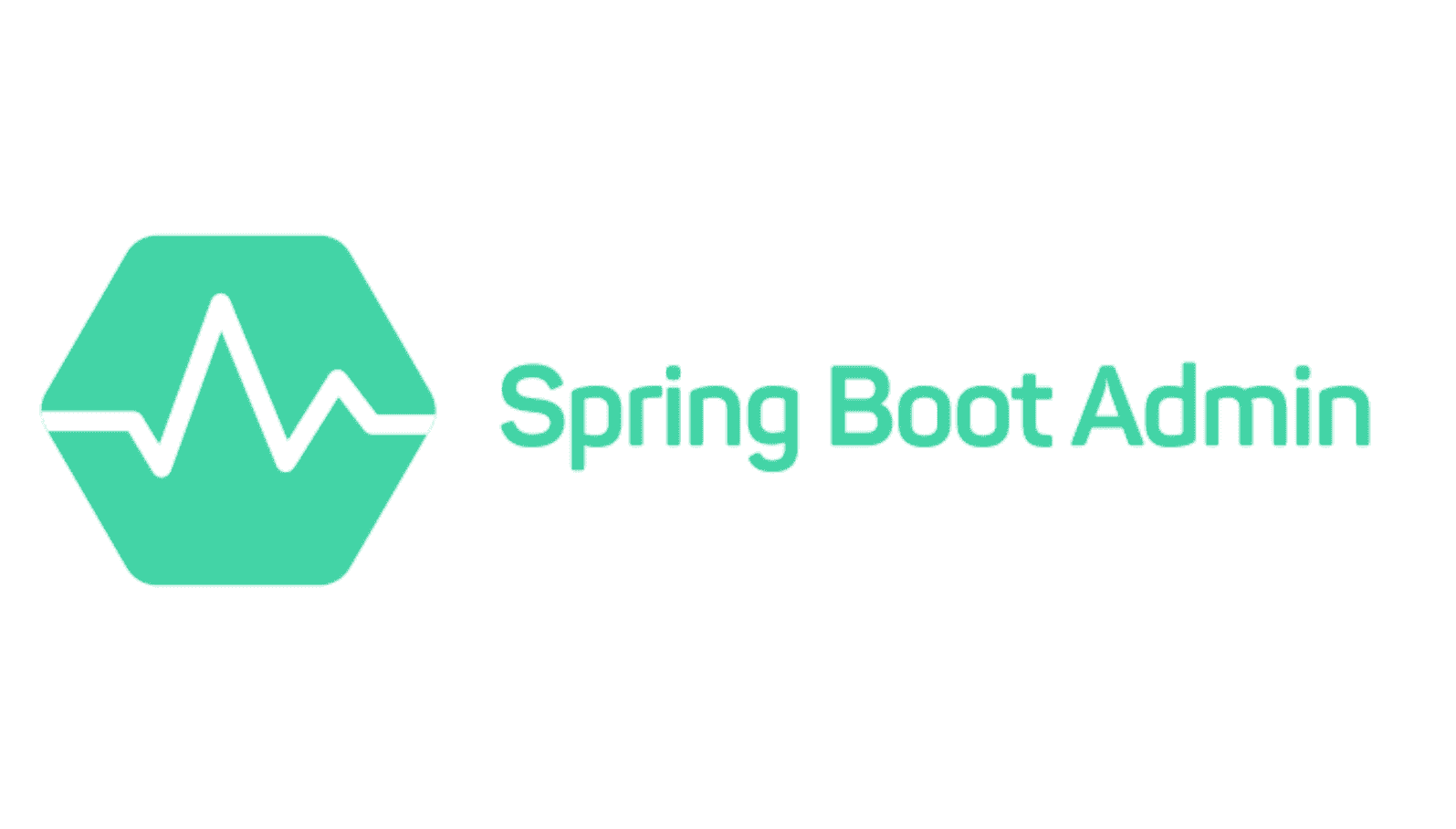
Basic build information
In one of my previous articles, I described how to obtain some basic information about the current build of your application at runtime in Spring Boot.
While this can be handy, it is usually not sufficient. There is a lot more you are usually interested in. And most importantly, it does not involve just the information known at build time, but rather what is the application's current status at runtime. In these situations, you should use Spring Boot Actuator.
Spring Boot Actuator
In short, Spring Boot Actuator is one of the sub-projects od Spring Boot, which adds monitoring and management support for your applications running in production. It exposes various HTTP or JMX endpoints you can interact with.
This post covers Actuator 2.x. If you're using Spring Boot 1.x, be aware that there were many changes in the version 2 and you should look for version 1.x specific configuration instead.
Source code
The source code of example application using Spring Boot Actuator can be found here.
Adding Dependencies
The basic setup is really simple. You just need to add one dependency to your project - spring-boot-starter-actuator.
Maven:
<dependency>
<groupId>org.springframework.boot</groupId>
<artifactId>spring-boot-starter-actuator</artifactId>
</dependency>Gradle:
compile("org.springframework.boot:spring-boot-starter-actuator")As usual, once this dependency is on the classpath, Spring Boot is able to detect this and auto-configures Actuator for you. Just rebuild and start your application.
Up and Running
Now if you run your application, you can check all the available endpoints by accessing /actuator. That means, if you are running locally on port 8080, you'll need to open http://localhost:8080/actuator. You should see something similar to this:
{
"_links": {
"self": {
"href": "http://localhost:8080/actuator",
"templated": false
},
"health": {
"href": "http://localhost:8080/actuator/health",
"templated": false
},
"info": {
"href": "http://localhost:8080/actuator/info",
"templated": false
}
}
}This is the list of all the available Actuator endpoints. As you can see, there is just two of them: health and info. Let's try /health first.
{"status":"UP"}And now /info. It looks like it is returning just an empty json: {}.
More endpoints
Not very impressive so far. Of course, Actuator offers much more than this. Otherwise, it wouldn't be very useful. There are some examples of available endpoints, with the full list available in the official docs.
| Endpoint | Description |
|---|---|
| health | Application health info |
| info | Info about the application |
| env | Properties from environment |
| metrics | Various metrics about the app |
| mappings | @RequestMapping Controller mappings |
| shutdown | Triggers application shutdown |
| httptrace | HTTP request/response log |
| loggers | Display and configure logger info |
| logfile | Contents of the log file |
| threaddump | Perform thread dump |
| heapdump | Obtain JVM heap dump |
| caches | Check available caches |
| integrationgraph | Graph of Spring Integration components |
Exposing endpoints
For most of the endpoints, Actuator offers two ways of connecting to them:
- HTTP REST endpoint
- JMX endpoint
By default, as we already saw, only health and info endpoints are exposed over HTTP. However, all of them are exposed over JMX (where applicable) by default.
You can configure in your application.properties which endpoints should be exposed:
# Expose over JMX
management.endpoints.jmx.exposure.exclude=shutdown
management.endpoints.jmx.exposure.include=*
# Expose HTTP REST Endpoint
management.endpoints.web.exposure.exclude=
management.endpoints.web.exposure.include=health,info,metricsAs you can see, you can define endpoints by name or use * to represent all endpoints. You can combine include and exclude filters.
If you change your configuration to expose all the endpoints over HTTP and restart your app, your /actuator endpoint will now show many more URLs.
management.endpoints.web.exposure.include=*Enabling / Disabling endpoints
You can configure not only whether an endpoint is exposed over HTTP or JMX, but also you can turn specific endpoints on/off. All the endpoints except shutdown are enabled by default (although not exposed over HTTP).
# Disable an endpoint
management.endpoint.[endpoint-name].enabled=false
# Specific example for 'health' endpoint
management.endpoint.health.enabled=false
# Instead of enabled by default, you can change to mode
# where endpoints need to be explicitly enabled
management.endpoints.enabled-by-default=false
/health
As we already saw, the information provided by /health endpoint is rather unimpressive.
{"status":"UP"}Fortunately, this is just the default state and we can show much more details.
management.endpoint.health.show-details=alwaysNow the information available is much richer. The exact details vary based on your specific dependencies. For example, whether you use a data source and which one.
{
"status": "UP",
"details": {
"db": {
"status": "UP",
"details": {
"database": "H2",
"hello": 1
}
},
"diskSpace": {
"status": "UP",
"details": {
"total": 497336446976,
"free": 202989006848,
"threshold": 10485760
}
}
}
}Of course, it may not be a good idea to show such information to everyone publicly. Fortunately, you can restrict access, so the details are available to users with specific roles only. Instead of always, you rather use when-authorized and then you can specify the allowed roles.
management.endpoint.health.show-details=when-authorized
management.endpoint.health.roles=ADMIN/info
When we tried to call /info endpoint before, all we've got was just an empty response {}. Of course, we can do better. Let's examine various ways we can display more info.
Build Properties
In the article I referenced at the beginning of this post, I describe how to obtain information about the artifact and its build properties. The idea is simple, configure Spring Boot Maven/Gradle plugin to generate build-info.properties file, which contains the required information.
What's great is that if you do use Actuator, it automatically detects build-info.properties file and displays its contents through the /info endpoint. All you need to do is to add a simple config to your Spring Boot Maven/Gradle Plugin.
Maven pom.xml file:
<plugin>
<groupId>org.springframework.boot</groupId>
<artifactId>spring-boot-maven-plugin</artifactId>
<executions> <execution> <id>build-info</id> <goals> <goal>build-info</goal> </goals> </execution> </executions></plugin>Gradle build.gradle file:
springBoot {
buildInfo()
}Info endpoint now provides build info information:
{
"build": {
"version": "1.0.0-SNAPSHOT",
"artifact": "spring-boot-actuator-example",
"name": "spring-boot-actuator-example",
"group": "com.vojtechruzicka",
"time": "2018-09-01T19:03:06.446Z"
}
}Git Properties
Actuator automatically detects git.properties file, which contains useful information about your git repository. To generate it, you'll need to add a specific plugin to your build config.
In Maven pom.xml:
<plugin>
<groupId>pl.project13.maven</groupId>
<artifactId>git-commit-id-plugin</artifactId>
</plugin>Gradle uses a different plugin:
plugins {
id "com.gorylenko.gradle-git-properties" version "1.5.1"
}After rebuilding and restarting the /info endpoint displays some git info.
{
"git": {
"commit": {
"time": "2018-09-01T19:46:31Z",
"id": "493f071"
},
"branch": "master"
}
}Environment properties
Finally, Actuator automatically detects all the environmental properties, which start with info.. You can try it by adding a new property to your application.properties, which starts with info..
info.my-custom-property=What a nice property!Then it is returned by the /info endpoint.
{"my-custom-property":"What a nice property!"}What's useful is that it shows properties from various sources, not only application.properties.
- Environment variables
- Command line arguments
- Servlet Config/Context params
- And many more
/metrics
This endpoint exposes information about various metrics. By calling /metrics you get names of all which are available.
{
"names": [
"jvm.memory.max",
"jvm.memory.used",
"jdbc.connections.active",
"http.server.requests",
"jvm.gc.memory.promoted",
"system.cpu.usage",
"tomcat.cache.hit",
"tomcat.cache.access",
"jvm.gc.max.data.size",
"jdbc.connections.max",
"jdbc.connections.min",
"jvm.memory.committed",
"system.cpu.count",
"logback.events",
...
]
}If you want to display data for a specific metric, instead of calling /metrics you call /metrics/{metric-name}. For example, calling /metrics/jvm.memory.used will return response similar to this:
{
"name": "jvm.memory.used",
"measurements": [
{
"statistic": "VALUE",
"value": 2.44780736E8
}
],
"availableTags": [
{
"tag": "area",
"values": [
"heap",
"nonheap"
]
},
{
"tag": "id",
"values": [
"Compressed Class Space",
"PS Survivor Space",
"PS Old Gen",
"Metaspace",
"PS Eden Space",
"Code Cache"
]
}
]
}Metrics were completely reworked in version 2. Version 1 uses its own proprietary metric system, which is hierarchical. This does not work very well in the cloud with many application instances. Actuator version 2 uses an entirely new system for managing metrics. It is dimensional in nature and it utilizes Micrometer.
Micrometer provides a simple facade over the instrumentation clients for the most popular monitoring systems, allowing you to instrument your JVM-based application code without vendor lock-in. Think SLF4J, but for metrics.
So in addition to dimensional focus, you now have a nice facade to integrate various popular existing solutions such as Prometheus, Atlas, CloudWatch, Ganglia or New Relic. You can read more details in Micrometer: Spring Boot 2's new application metrics collector
Securing Actuator endpoints
Leaving your actuator endpoints exposed for anybody to access is not a good idea. That's why the vast majority of them are not exposed by default. Once you do expose them, you should make sure they are adequately protected.
The good news is that if you use Spring Security, Actuator endpoints are secured by default. If you're not using Spring Security, you can add this dependency for Maven:
<dependency>
<groupId>org.springframework.boot</groupId>
<artifactId>spring-boot-starter-security</artifactId>
</dependency>Ow when using Gradle:
compile 'org.springframework.boot:spring-boot-starter-security'If you rebuild and restart your app, you'll notice that now you are required to log in if accessing the actuator endpoints. By default, the username is user and the password is randomly generated and printed to the console every time the application starts:
Using generated security password: f7b833aa-5a1c-42f4-b913-70c1abe47cb6Protecting all the endpoints like this may be sufficient in many cases, you'll just usually change how user's credentials are validated. If you need more fine-grained control, you should create a configuration class extending WebSecurityConfigurerAdapter and override the configure method:
@Configuration
public class ActuatorSecurityConfiguration extends
WebSecurityConfigurerAdapter {
@Override
protected void configure(HttpSecurity http) throws Exception {
http.authorizeRequests()
.requestMatchers(EndpointRequest.to(ShutdownEndpoint.class))
.hasRole("ADMIN")
.requestMatchers(EndpointRequest.to(HealthEndpoint.class,
InfoEndpoint.class))
.permitAll()
.requestMatchers(EndpointRequest.toAnyEndpoint())
.fullyAuthenticated()
.and().httpBasic();
}
}In the example above, the /shutdown endpoint is accessible only for an authenticated user with role ADMIN. Endpoints /health and /info are accessible for anybody. All the other endpoints are accessible only for fully authenticated users.
Notice that we are not matching by URL of the endpoints but rather by class, so we are not tightly coupled to the URL to which an endpoint is mapped to. If URLs are reconfigured, we don't need to change our security config.
Actuator 1.x vs 2.x
Many of the changes brought with Spring Boot 2.0 are in fact in the Actuator module.
Actuator endpoints are now technology independent. Before, they relied on Spring MVC. Now it does not matter whether you use MVC, Jersey or the new Spring WebFlux.
In version 1.x there was a special security configuration just for Actuator endpoints. This was dropped, and you now use Spring Security directly as you would for any other endpoint. It is much simpler and more consistent.
The old version of Actuator used to have proprietary metrics, but 2.x uses Micrometer. This was later backported even to 1.x.
There were some new endpoints introduced, some were renamed to more descriptive names. The configuration properties were also reworked and are now neatly grouped together by common prefix.
More detailed description of the changes can be found in Spring Boot 2.0 actuator change analysis. If you are migrating from version 1.x this guide may come in handy.
Adding Graphical User Interface
Actuator endpoints are great, but monitoring and managing your application just through JMX and HTTP endpoints may be too low-level and cumbersome for many. If you prefer a nice GUI instead of interacting with endpoints directly, there's a great tool just for this. It is called Spring Boot Admin. It is a third-party open-source project, which gives you a nice UI to manage and monitor your applications. What's more, a single instance of Spring Boot Admin can monitor multiple applications and/or multiple instances of each application. That's really useful in the cloud environment with many dynamic instances of your app.
Spring Boot Admin Tutorial
Nov 18, 2018Conclusion
Spring Boot Actuator offers a powerful solution for monitoring and managing your application in production. It offers interaction either over JMX or HTTP endpoints. If you prefer GUI instead try Spring Boot Admin on top of Actuator Endpoints. However, bear in mind that having public endpoints which allow you to tinker with your app and expose sensitive data is not a good idea. Always be sure to secure your endpoints.



